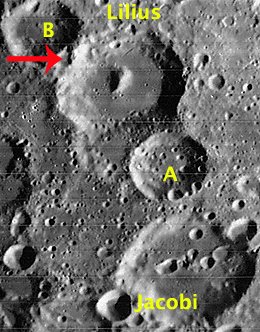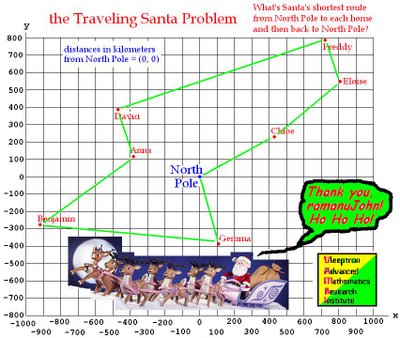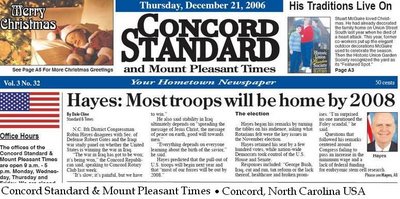 Vleeptron will be closed for a few days
Vleeptron will be closed for a few days so we can go see this.
(When you get there, click to hear sound clip.)
Happy New Year to All!
A better 2007!
More Love! More Beauty!
More Adventures! More peace!
A better 2007!
More Love! More Beauty!
More Adventures! More peace!


















